
Please note this lesson has been aligned to math standards, as North Carolina does not currently have a STEM SCOS for K-5.
- Subject:
- Applied Science
- STEM
- Material Type:
- Lesson Plan
- Author:
- SAMANTHA ROUSE
- Date Added:
- 08/18/2019

Please note this lesson has been aligned to math standards, as North Carolina does not currently have a STEM SCOS for K-5.
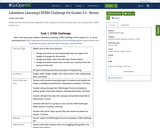
Please note this lesson has been aligned to math standards, as North Carolina does not currently have a STEM SCOS for K-5.
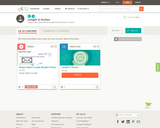
This short video and interactive assessment activity is designed to teach fifth graders about single object length (english units).

Using simple math, students will figure out their lung capacity by breathing into a bottle filled with water and measuring the volume of water displaced.
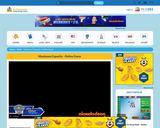
Students play the role of an elevator attendant who must bring as many gorrillas as possible to the eighth floor for the annual Gorilla's Ball at the Jungle Hotel. Students must check the weight capacity at the top of the elevator and drag as many gorillas into the elevator without exceeding capacity.
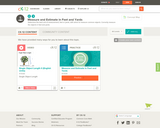
This short video and interactive assessment activity is designed to teach fifth graders about single object length ii (english units).

In this lesson, students learn why non-standard measures can be useful even when measurements must be quite precise. This Cyberchase activity is motivated by a video segment in which the CyberSquad must lower Digit, the Cyberbird, from the ceiling.

In this lesson, students will select appropriate units of measure using benchmarks.

In this lesson, students will be able to select and use appropriate units and measurement tools to solve a variety of capacity and length problems.

In this lesson, students will use hands-on activities to solve measurement problems. Students will make life like models of their body and then measure different parts of the model.

Word problem Worksheet with answers that asks students to estimate capacity using American standard measurement.
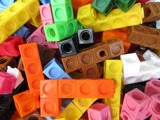
In this mini lesson students will explore length, weight, and capacity.

Students work with a partner to sort containers into three groups according to their prediction of which container holds less than 1 liter, about 1 liter, and more than 1 liter. Students check their predictions by measauring the capacity of each container using metric units.

This short video and interactive assessment activity is designed to teach third graders about multi-step metric capacity - word problems.
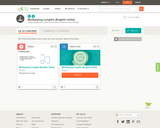
This short video and interactive assessment activity is designed to teach second graders about multiplying lengths (english units).
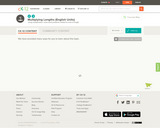
This short video and interactive assessment activity is designed to teach fourth graders about multiplying lengths (english units).
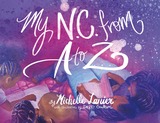
This lesson accompanies the North Carolina children's book, "My NC from A to Z" which celebrates pride of place, and creates connections to North Carolina's rich African American heritage. In this lesson, students solve a problem by creating a chair according to specific measurable attributes with at least three to five elements that are similar to the designs of Thomas Day.

This resource is from Tools 4 NC Teachers. This document is the About the Cluster document created by the authors of the NC2ML Instructional Frameworks. This document should be read prior to teaching this cluster. This document is not remixable since the document has been written by creators of the NC2ML Instructional Frameworks.
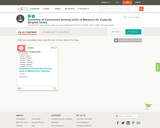
This short video and interactive assessment activity is designed to give fifth graders an overview of conversion among units of measure for capacity (english units).

How can we build a model catapult to launch items like candy pumpkins and how would we modify it so it would launch actual pumpkins?